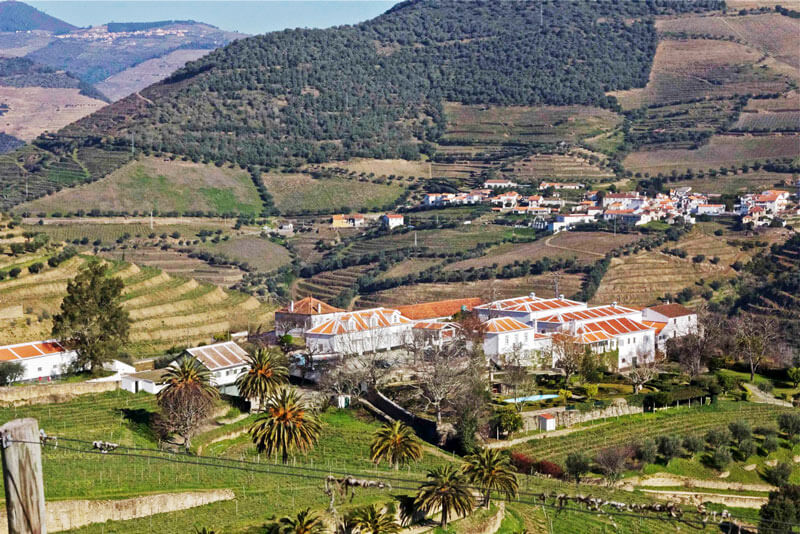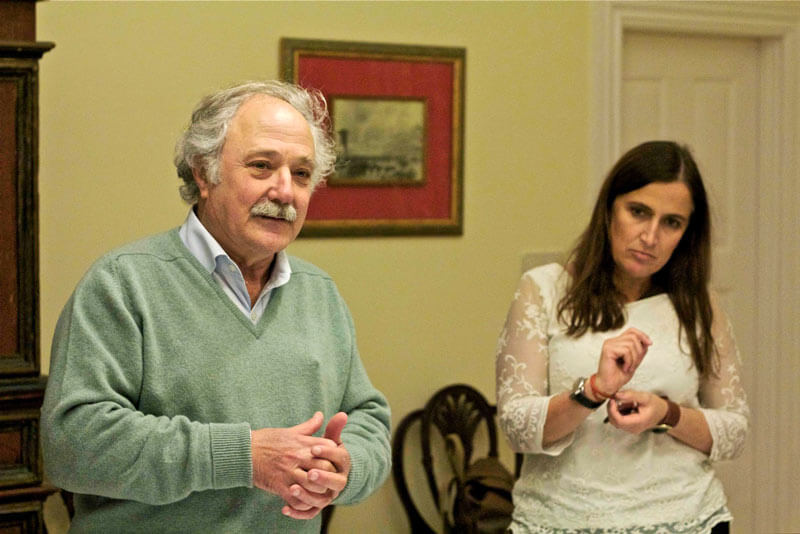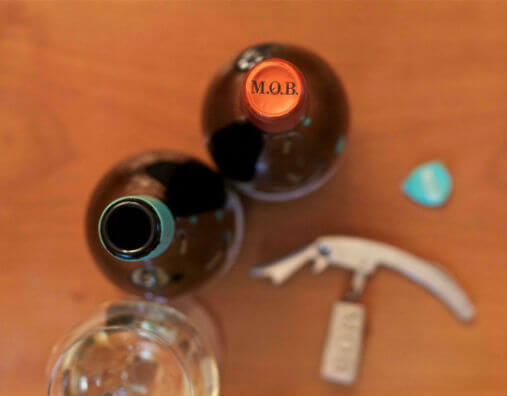Hotel Teatro
Text José Silva
Hotel Teatro is the result of the recovery of an old building right in the Oporto city centre, neighbor of the antique Sá da Bandeira theater, still performing today. In that place started 151 years ago the Baquet theater, famous in town for decades.
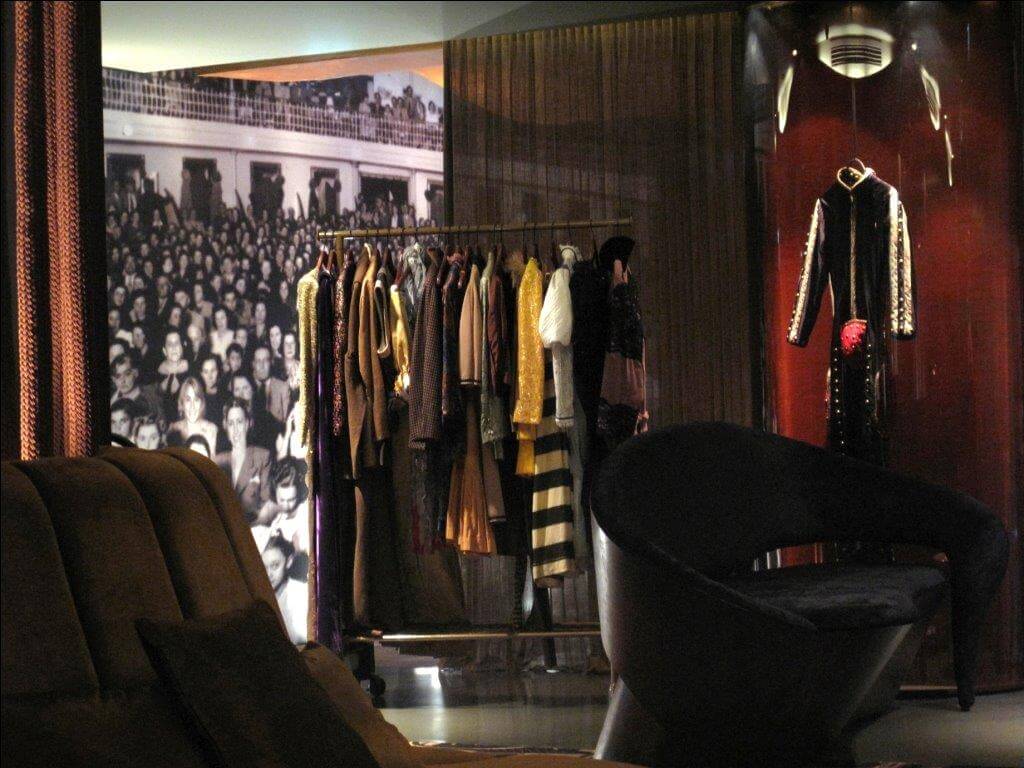
Hotel Teatro – Photo Provided by Hotel Teatro | All Rights Reserved
The idea of the owners of this Hotel Teatro was to recreate a certain theater atmosphere, at the same time genuine but refined, where art and culture are always present. And that begins on the hotel enormous door, where you can read a poem of the great Oporto writer and poet, Almeida Garrett.
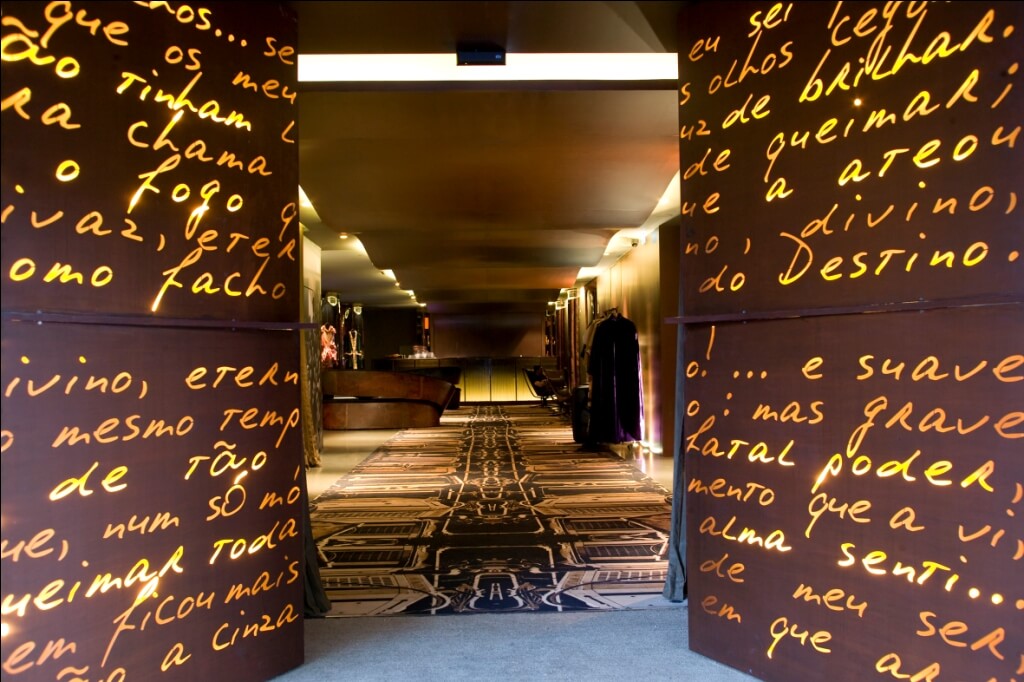
Hotel Teatro – Photo Provided by Hotel Teatro | All Rights Reserved
And that goes on at the reception, which represents the theater ticket office, in a symbolism where each guest buys his ticket, to access to his room and to the whole show he will attend for the entire stay. But it must be a continuous show, crossing all the décor, where brown shades prevail, rich in real theater props, from clothing to scenery pieces.
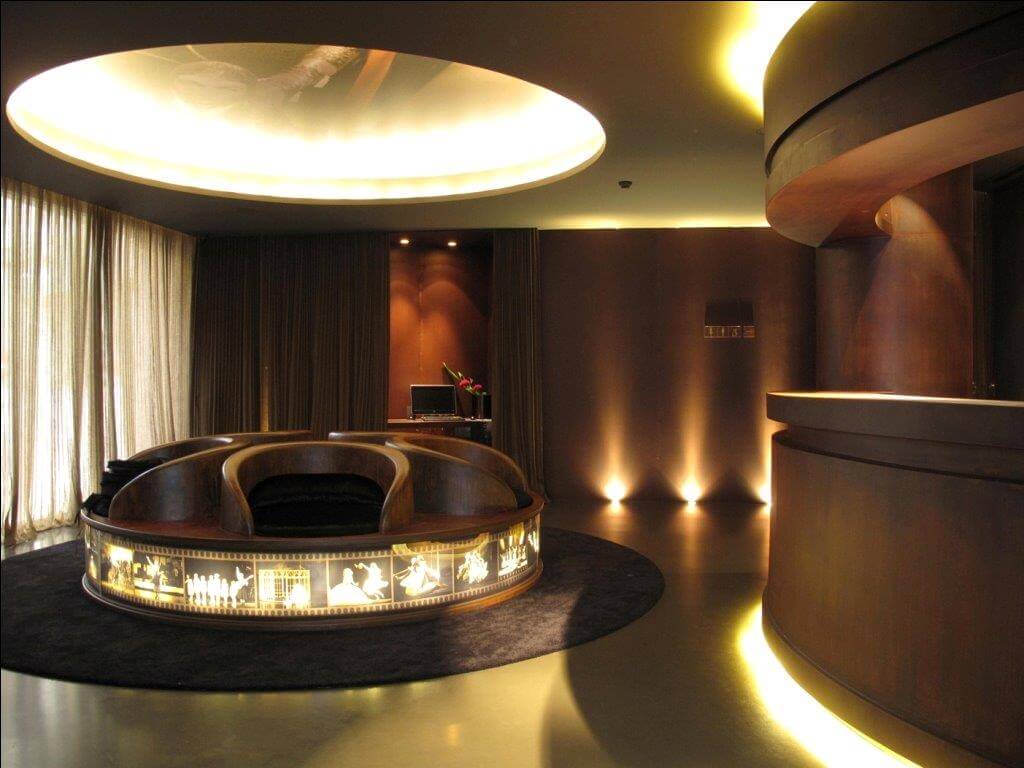
Hotel Teatro – Photo Provided by Hotel Teatro | All Rights Reserved
The 74 rooms are decorated in glamour, carefully equipped and where comfort is the main key.

Hotel Teatro – Photo Provided by Hotel Teatro | All Rights Reserved
One of the Hotel Teatro central points is the bar, which you see as soon as you go in, supported by an exterior terrace, where you can have a meal and smoke, as the hotel is entirely a non-smoking place.
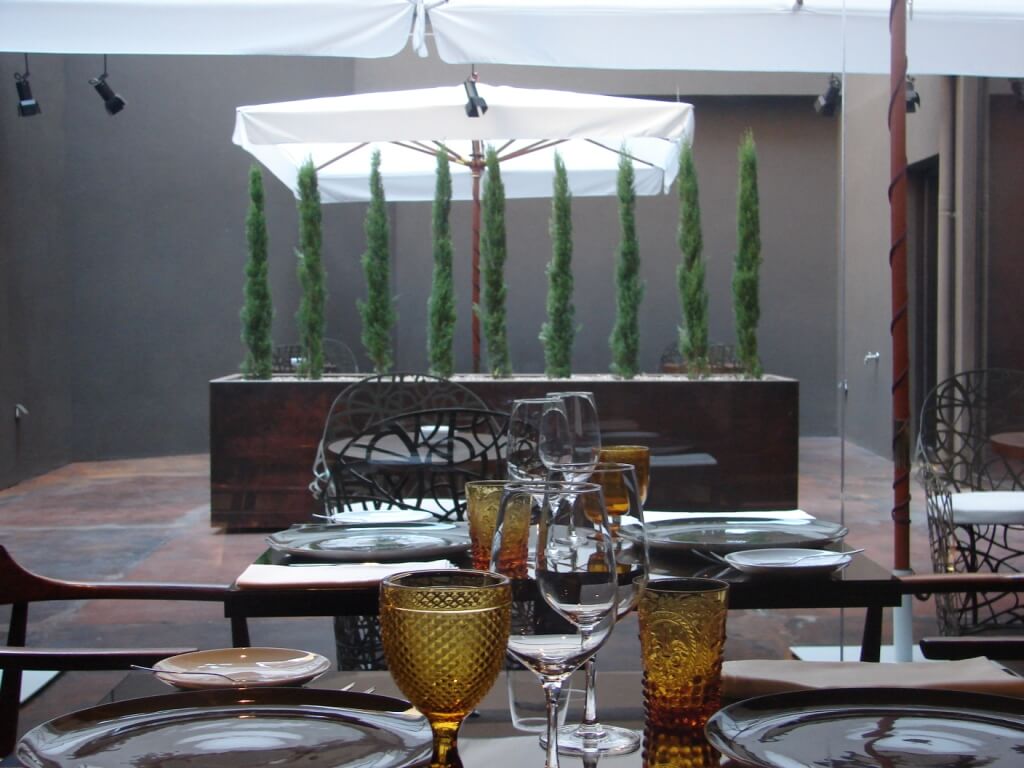
Hotel Teatro – Photo Provided by Hotel Teatro | All Rights Reserved
In the bar, in addition to a great variety of drinks, including wine by the glass, we can enjoy small snacks and listen to good music, with videos as backdrop.
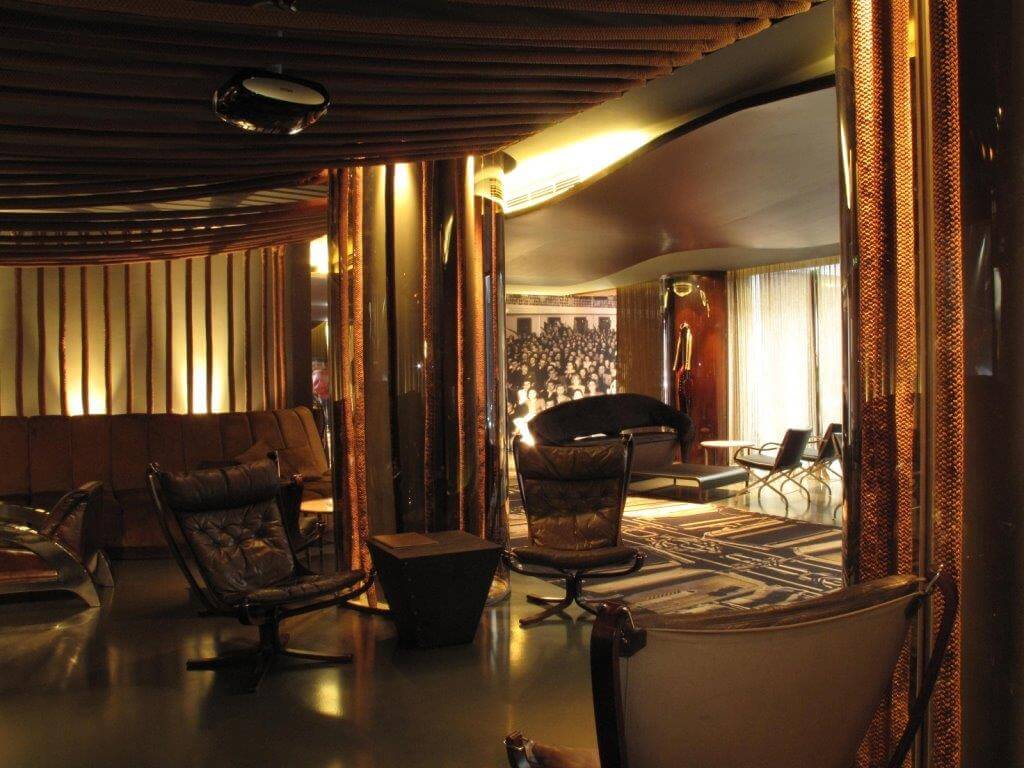
Hotel Teatro – Photo Provided by Hotel Teatro | All Rights Reserved
Following is the restaurant room, that early morning is used for breakfast, where you can have lunch or dinner, performing with a modern and refined kitchen service, based on quality Portuguese products and prepared by a team led by a young chef, doing a great job. Also the dinning-room team is highly professional, taking care of everything down to the last detail, including an excellent wine service.
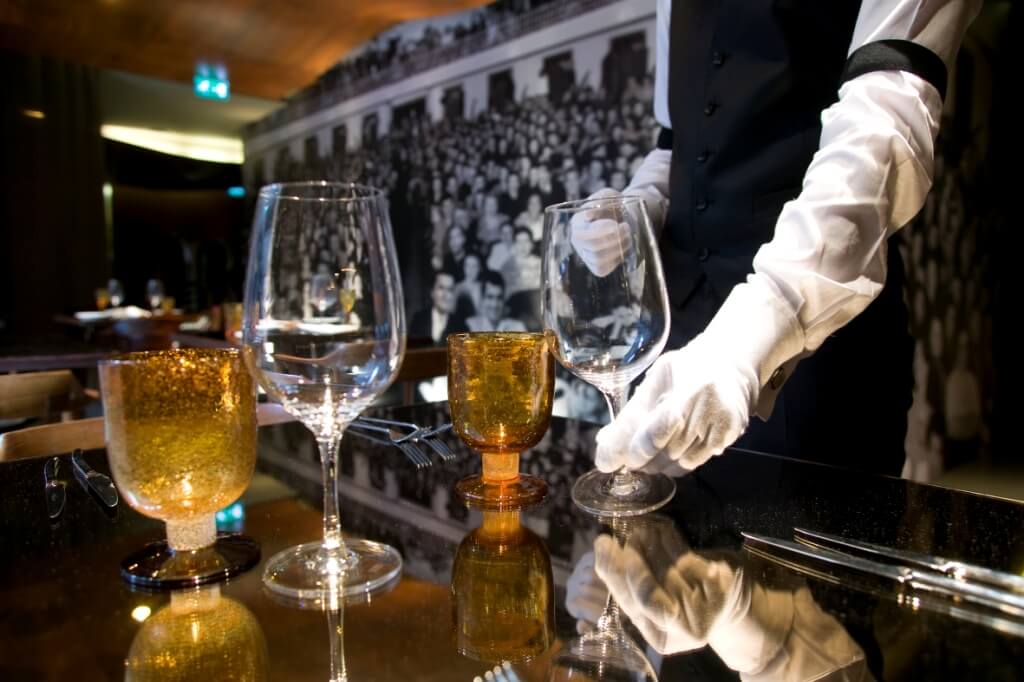
Hotel Teatro – Photo Provided by Hotel Teatro | All Rights Reserved
Moreover, in the whole hotel, the customer service is very much professional, but their attention and smile make a big difference.
The Hotel Teatro has all the conditions for their guests to return home completely satisfied, after watching the play that was their stay there.
And come back soon!…
Contacts
Hotel Teatro
Rua Sá da Bandeira 84, 4000-427 Porto Portugal
telf. +351 220 409 620 fax +351 220 409 629
E-mail: geral@hotelteatro.pt
Website: www.hotelteatro.pt



